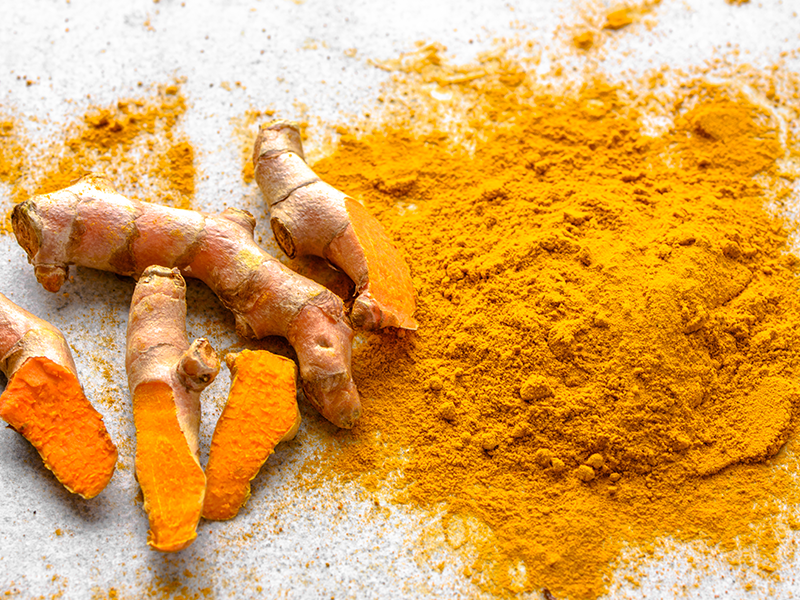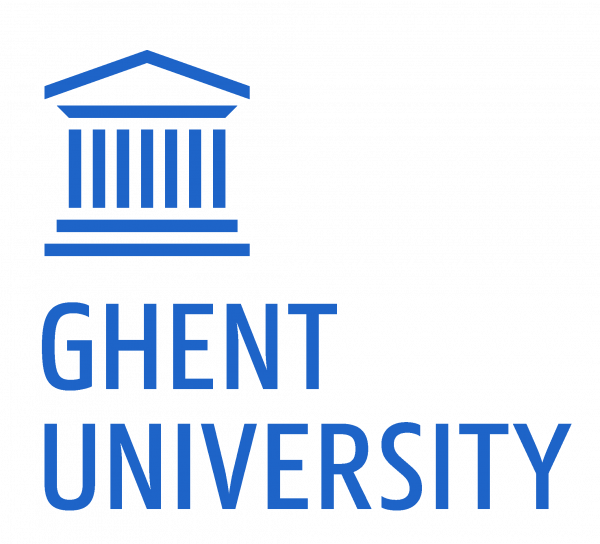The Interreg NWE project CurCol investigates the economic potential for the production chains from regionally produced plants to dyes in packaging. The project aims at 3 pilots for dye production and application in packaging, by defining barriers, business cases and action plans. The focus of CurCol is on the yellow natural coloring agent curcumin.
Europe produces approximately 87 million tons of packaging waste per year. For biobased packaging materials, such as PLA, (industrial) composting is often used. The non-biodegradable synthetic dyes are released during composting. Many contain toxic components that accumulate in the environment. When recycling paper, these dyes also end up in wastewater. We can counter this by using natural dyes. Partners from Ireland, Germany, Belgium and the Netherlands are joining forces in the CurCol project to achieve this.
Transition to turmeric colors
The few available biodegradable dyes do not meet the quality criteria, so that the packaging industry cannot now use them as an alternative to fossil-based dyes. Turmeric, a yellow natural coloring agent, is already used in food and pharmaceutical products. Wide application is hampered mainly due to poor UV stability. Recent research shows that it is possible to improve UV stability and generate other colors such as red and blue.
Long-term
The aim of the project is:
- The valorisation of biobased dyes in biodegradable packaging,
- introduction of a valuable crop in the greenhouse industry
- and identification of new supply chains,
- resulting in job growth and economic activity.
New knowledge and transnational partnerships support the transition to a circular and biobased economy. CurCol focuses on packaging, but application in, for example, textiles and cosmetics is also possible.
20200401 until 20230401


















